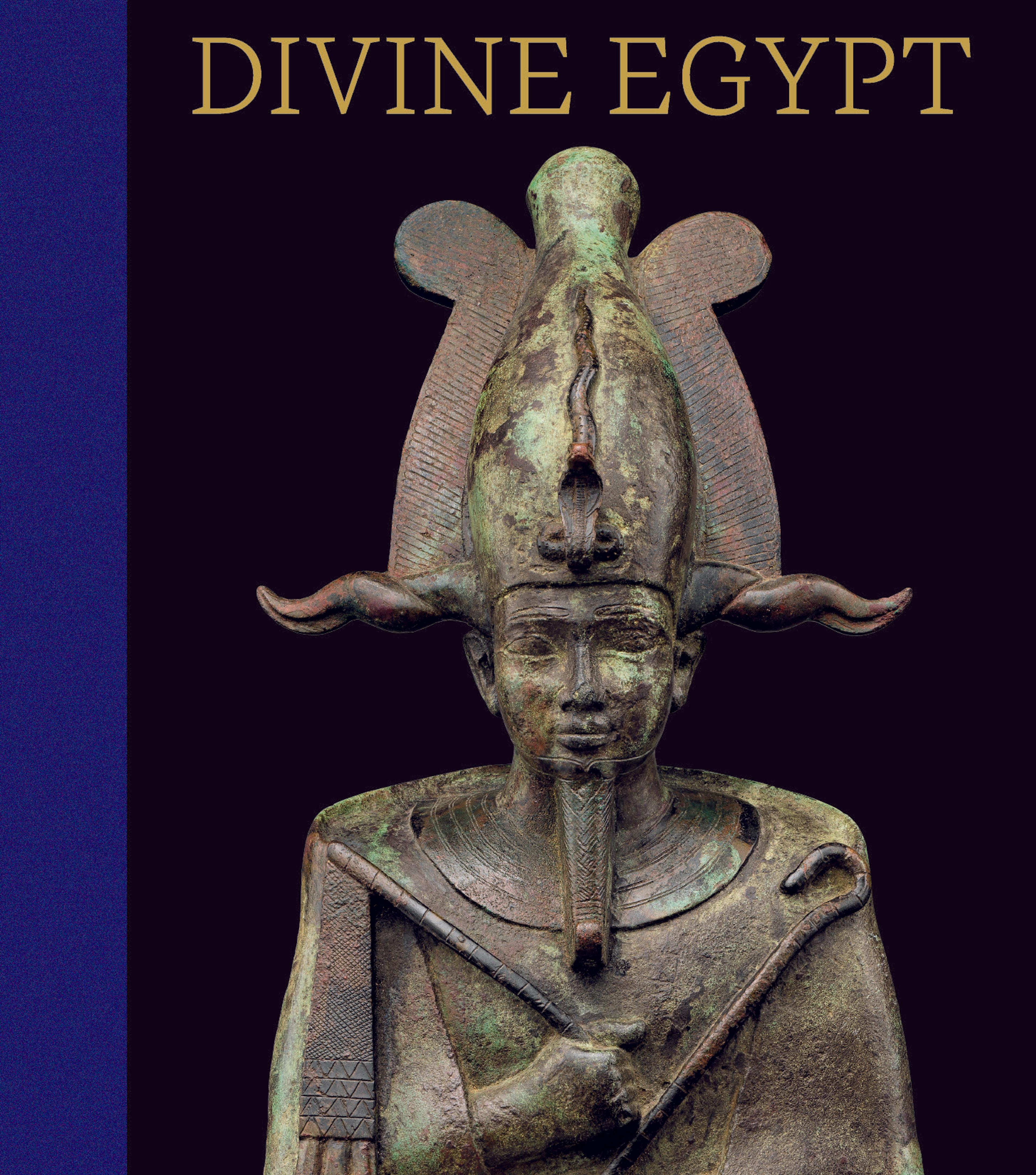Stela of the temple servant of Amun Irtihareru adoring Re-Harakhty and Atum
Here the temple-servant of Amun Irtihareru, son of the temple-servant of Amun Ankhnidi and the lady of the house Tatjenfi, adores Atum on the right side and Re-Harakhty on the left side.
Artwork Details
- Title:Stela of the temple servant of Amun Irtihareru adoring Re-Harakhty and Atum
- Period:Third Intermediate Period–Late Period
- Dynasty:Dynasty 25–26
- Date:ca. 750–525 BCE
- Geography:From Egypt, Upper Egypt, Thebes; Said to be from Asasif, Tombs 811-840, MMA excavations, 1929-1930
- Medium:Wood, gesso, paint
- Dimensions:L. 35 × W. 24.5 × Th. 2 cm (13 3/4 × 9 5/8 × 13/16 in.)
- Credit Line:Rogers Fund, 1930
- Object Number:30.3.57
- Curatorial Department: Egyptian Art
Audio
610. Atum
Hear about Atum, the head of a divine family.
ADELA OPPENHEIM: One of the Egyptian ideas about how the world and the universe was created is a kind of divine family.
NARRATOR: Adela Oppenheim is a curator in the Department of Egyptian Art.
OPPENHEIM: The god at the head of this family is Atum. And he can have many different ways that he’s represented.
NARRATOR: He’s the seated figure on the right side of the stela in this case. You’ll also see several animal representations of Atum, each revealing different aspects of this deity.
For example, on the right is an eel with a cobra hood and a human head, which hints at beliefs surrounding Atum’s origin.
OPPENHEIM: The eel lives in dark and murky waters and for the Egyptians, they equated this with the Nun, this dark, murky, watery environment from which Atum emerged at the beginning of time.
NARRATOR: There’s also a smooth-bodied mongoose resting its chin on an obelisk. This speaks to Atum’s protective qualities as leader of the divine family, as the mongoose is known for hunting snakes.
Yet, in a seeming contradiction, we also see a snake, with arms, standing upright against a pillar, holding a disk—another representation of Atum. This snake form presumably connects with other aspects of Atum’s persona, perhaps power or royalty.
OPPENHEIM: So, the Egyptians were always looking at the animals that lived around them and trying to sort of fit them into different aspects of their worldview.
They didn’t really necessarily think that every mongoose that was in front of their house was Atum, but that it was somehow a way of visualizing him, or making this connection
More Artwork
Research Resources
The Met provides unparalleled resources for research and welcomes an international community of students and scholars. The Met's Open Access API is where creators and researchers can connect to the The Met collection. Open Access data and public domain images are available for unrestricted commercial and noncommercial use without permission or fee.
To request images under copyright and other restrictions, please use this Image Request form.
Feedback
We continue to research and examine historical and cultural context for objects in The Met collection. If you have comments or questions about this object record, please contact us using the form below. The Museum looks forward to receiving your comments.
